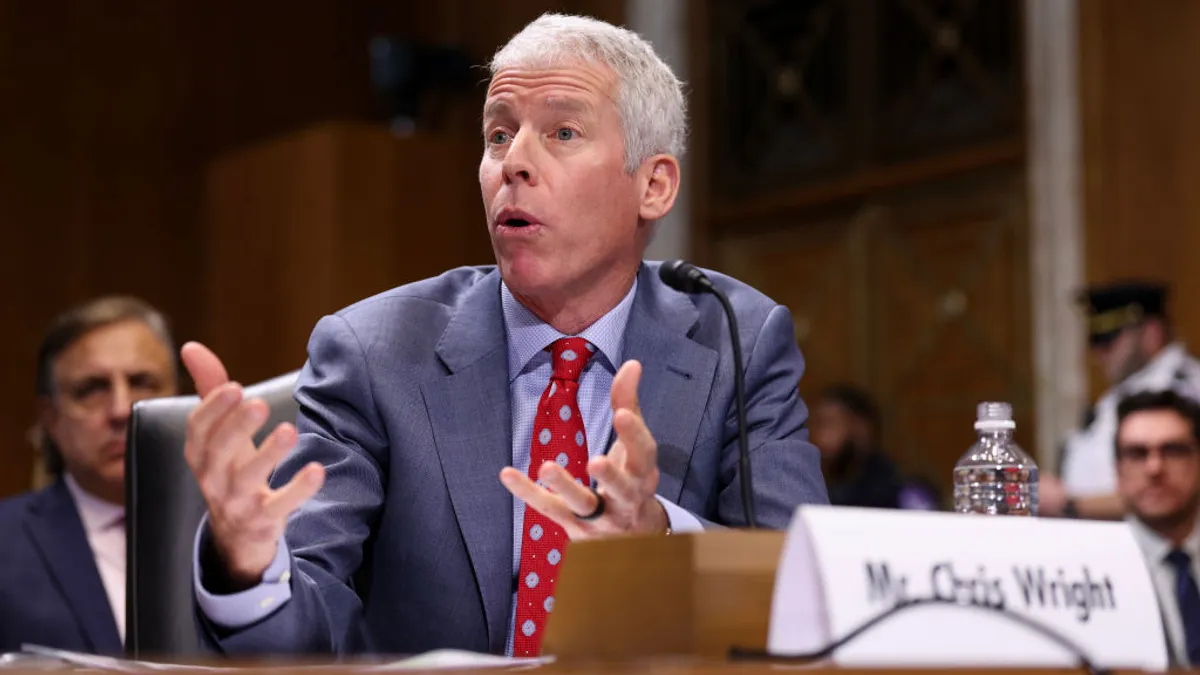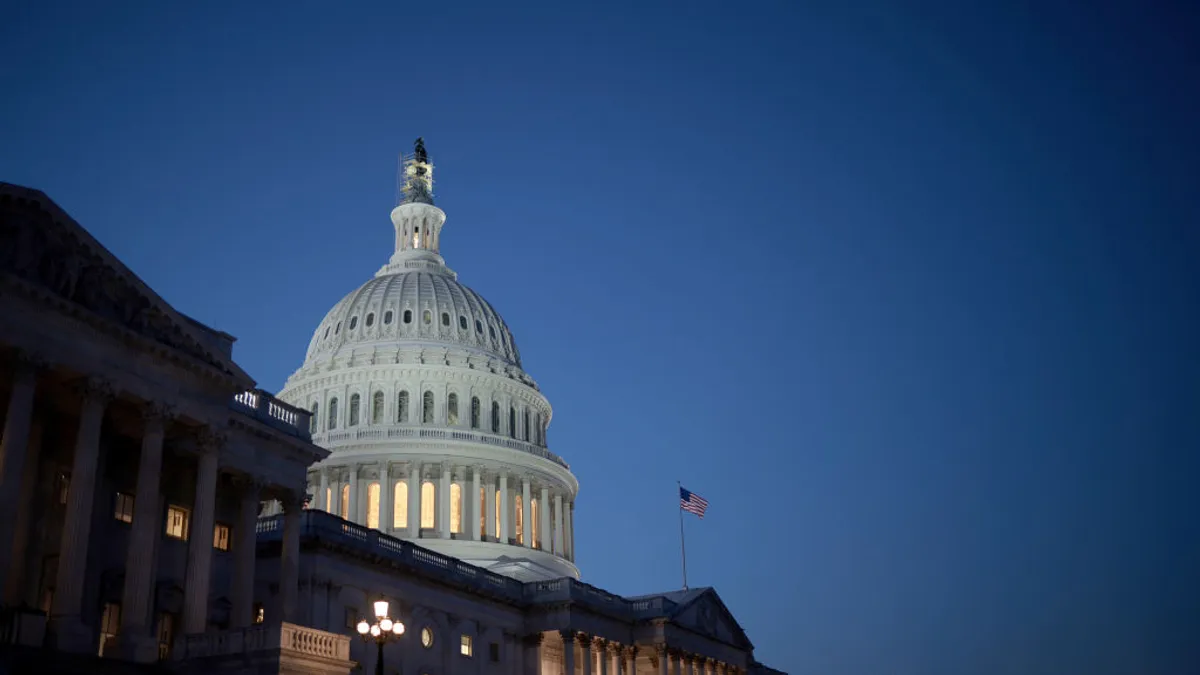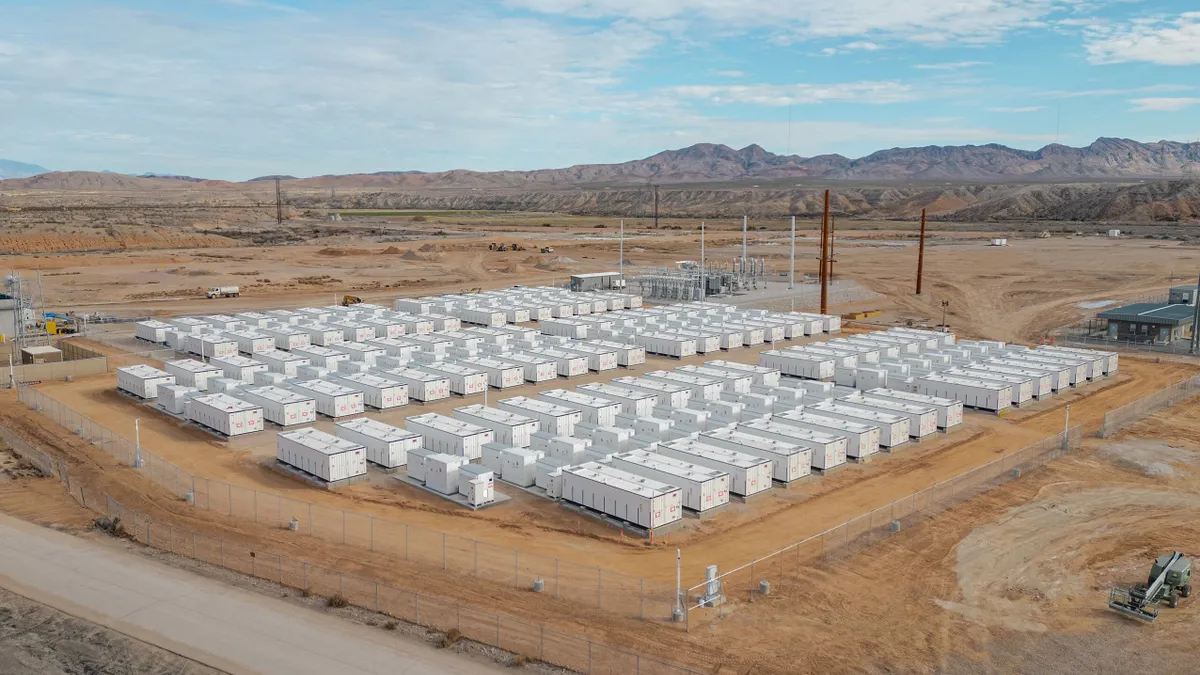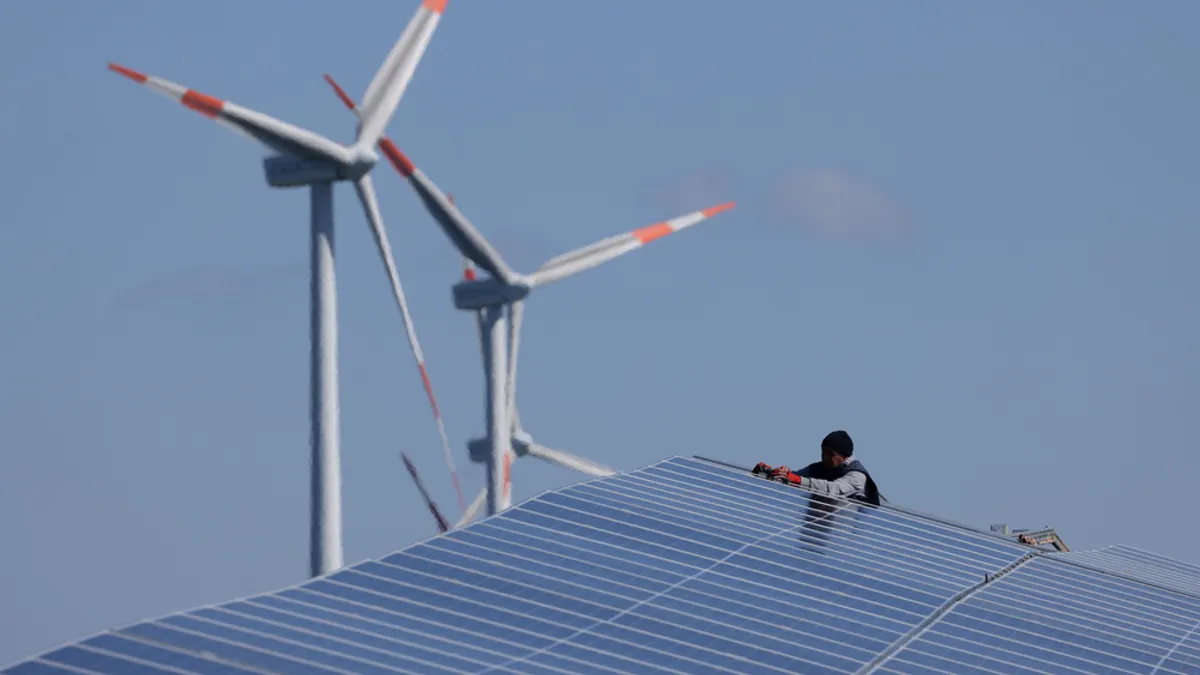The following is a contributed article by Joshua Epel, a former chairman of the Colorado Public Utilities Commission who now advises competitive clean energy companies.
As a result of innovation, state policies, competitive pricing and federal tax credits, states are leading the remarkable clean energy transition in the United States. Responding to state energy policies and the demands of their customers, electric utilities are doubling and tripling down on their efforts to provide customers with resilient, reliable and clean energy, while doing so at affordable prices. However, these successes are being undermined by an outdated 40-year-old federal law that is impeding expansion of clean energy in many states.
The Public Utilities Regulatory Policy Act (PURPA) was passed by Congress over 40 years ago to address the oil embargo, incentivize renewable energy development and help alleviate uncertainty in the energy market. Given the crisis the nation was facing, the Federal Energy Regulatory Commission (FERC) put in place strict regulations to act as a forcing mechanism that would achieve the statute’s goals on a short timeline. The goal of PURPA was laudable: provide access to “small renewable energy providers,” known colloquially as Qualified Facilities or “QFs,” to compete with fossil fuel electricity.
PURPA abuses
However, today PURPA is being misused to undermine the development of a competitive renewable energy marketplace. PURPA contains a number of outdated concepts that are contrary and indeed impeding the effort to de-carbonize the electric utility sector. Unlike 40 years ago, QFs are not replacing fossil fuels, they are blocking the growth of renewable energy projects necessary to replace fossil fuels.
The most abusive manipulation of PURPA is the use by QFs (funded in many instances by hedge funds) to force utilities into lengthy “must-take” contracts, including provisions that compel payment for renewable energy above fair market price and lock that above-market rate in for years or decades. A recent study performed by Concentric Energy Advisors shows that QFs in some states have demanded that consumers pay a premium of almost 100% on solar and wind power compared to market prices that can be achieved through state-administered competitive procurement processes like the ones Colorado:
|
Resource Type |
Weighted 2018 Levelized QF Contract Price ($/MWh) |
Weighted 2018 Levelized Competitive Bid Price ($/MWh) |
QF Price Premium (%) |
|
Wind |
$29.18 |
$19.00 |
56% |
|
Solar |
$41.74 |
$22.52 |
85% |
While the outcome has been largely avoided in Colorado due to a PURPA regulatory regime grounded in competition, other states are not so fortunate. For example, Pacificorp will be paying above-market rates to QFs over a 10-year period that could cost customers $1.5 billion over market prices. Worse, Idaho Power estimates that its long-term contracts with QFs will cost customers an extra $3.5 billion over about the next 20 years. The solution for the problem is adopting a Colorado type planning and competitive bidding process, not forced use of QFs.
QF counters
QF advocates justify the subsidies paid by electric customers as a means to solve climate change. However, as of 2017, less than 9% of renewable energy additions in the country came from QFs. Equally egregious to QF’s demanding that utilities pay above market rates, they assert that PURPA requires utilities to enter into a “Legally Enforceable Obligation” to take all power they generate regardless of need. Forcing the construction of unneeded and unplanned sources could require the curtailment of less expensive renewable resources to accommodate QF resources.
The QF advocates counter that the opposition to PURPA is led by utilities that seek to avoid committing to long-term contracts for resources that they cannot rate base. The dramatic growth in renewable energy projects, obtained through competitive priced PPAs belies that assertion.
Competitive pricing and sound state energy policies are the primary driver of the growth of renewable resources in the country. In fact, assuming a static level of investment in renewables, utilities could add almost 2 MW of competitively priced solar for every 1 MW of QF solar at the prices laid out above. And for wind, utilities could add an extra 1.5 MW for every 1 MW of QF wind. Indeed, QFs are only seeking to enrich themselves through inflated avoided cost prices which will impede the growth of renewables, not facilitate it.
Repairing PURPA
Consensus on how to repair PURPA exists. All parties believe Congress should undertake PURPA reform. Unfortunately, all parties agree Congress will not act. Perhaps all parties may agree that the production tax credit and investment tax credit should be extended another five years to ensure the continued expansion of renewable energy.
Given the lack of action by Congress, it is appropriate that FERC has taken the first step to address the inequities for ratepayers and independent power producers by proposing amendments to its PURPA rules. FERC’s proposal enables states to adopt market-based pricing mechanisms that reward renewable developers that can compete on price in today’s rapidly evolving energy environment. FERC’s proposed rules will lead to more clean energy at lower cost and protect utility customers from QFs that seek higher than market prices and unneeded and unplanned generation.
The path forward to a cleaner energy mix is apparent. Colorado and many other states have developed clean energy planning and acquisition processes that are rapidly adapting the grid of today for the needs of the future. It would be ironic and tragic if these efforts are stymied by the misapplication of a vestigial federal policy by hedge fund profiteers.



















